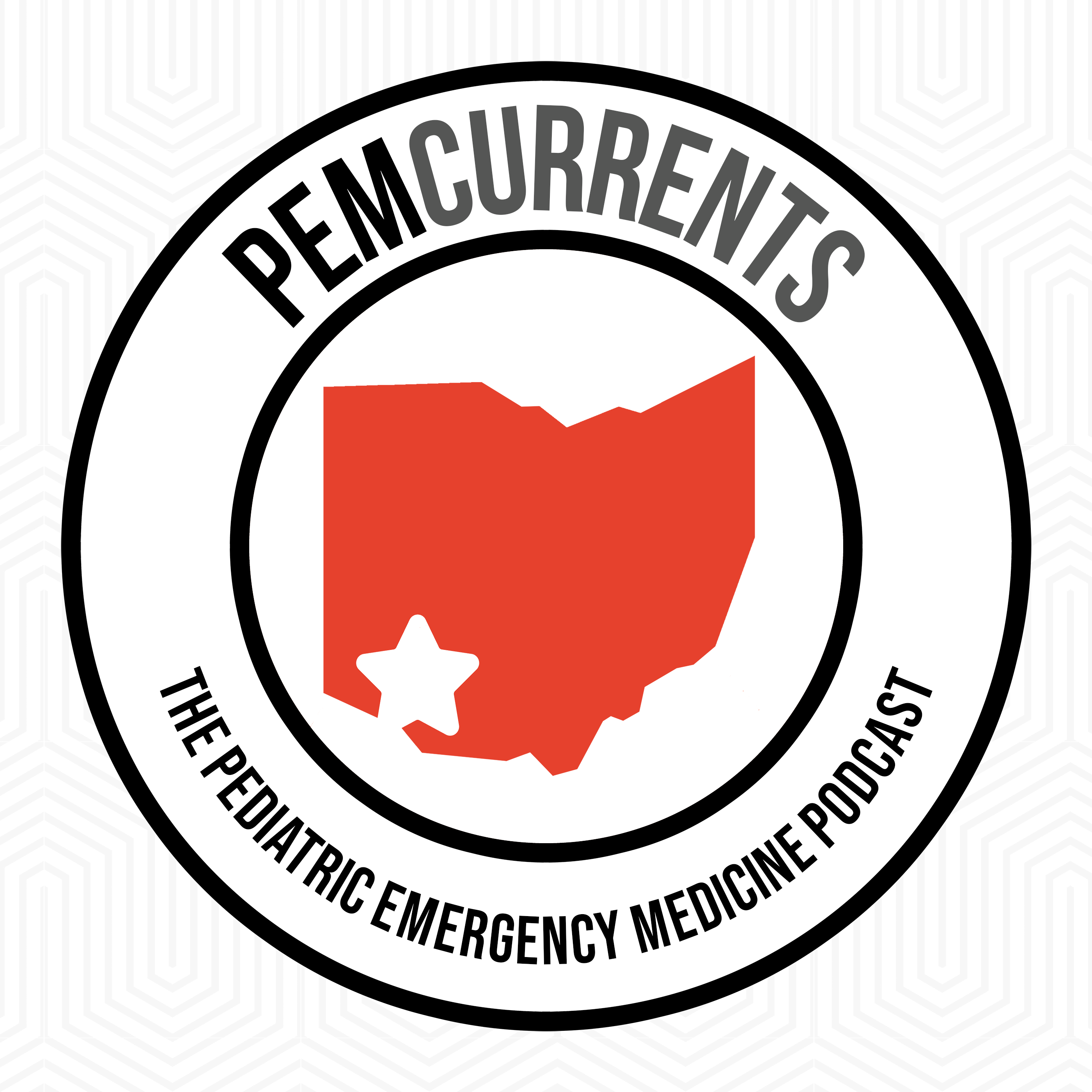Toxic Shock Syndrome can be hard to recognize and differentiate from clinical entities such as Kawasaki, MIS-C, and DRESS. This brief podcast episode will raise awareness of situations in which TSS can occur and drive home important management pearls – like why you need to add Clindamycin.
Listen

Managing Pain in Sickle Cell Vaso-Occlusive Crises – PEM Currents: The Pediatric Emergency Medicine Podcast
Subscribe
References
Gaensbauer JT et al. Epidemiology and Clinical Relevance of Toxic Shock Syndrome in US Children. Pediatr Infect Dis J. 2018 Dec;37(12):1223-1226. PMID: 29601458.
Javouhey et al. Similarities and Differences Between Staphylococcal and Streptococcal Toxic Shock Syndromes in Children: Results From a 30-Case Cohort. Front Pediatr. 2018 Nov 28;6:360. PMID: 30547021
Rodríguez-Nuñez et al. Streptococcal Toxic Shock Syndrome collaborative group of Spanish Society of Pediatric Intensive Care. Clinical characteristics of children with group A streptococcal toxic shock syndrome admitted to pediatric intensive care units. Eur J Pediatr. 2011 May;170(5):639-44. PMID: 20981441.















